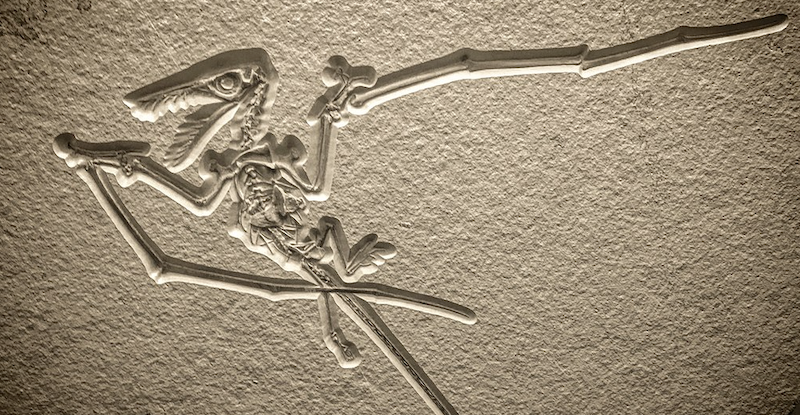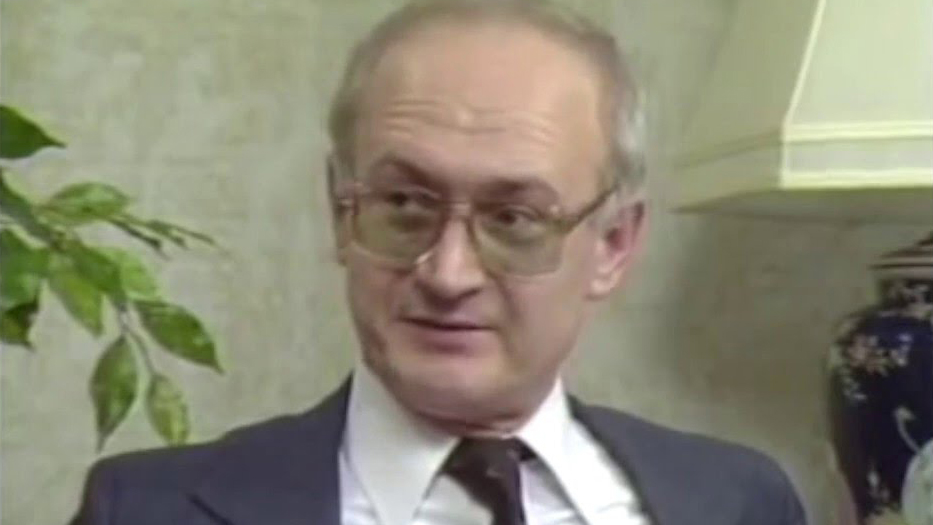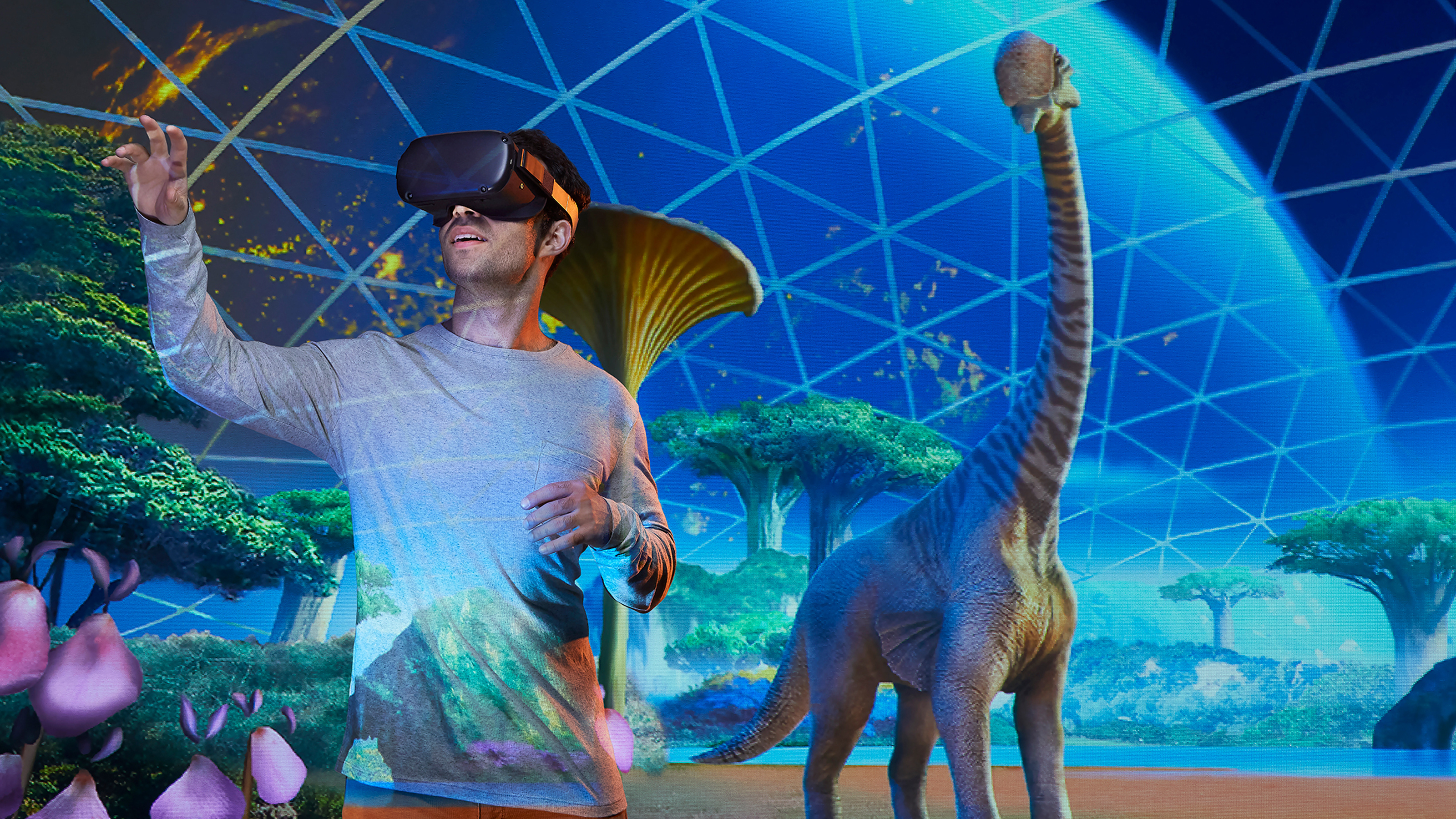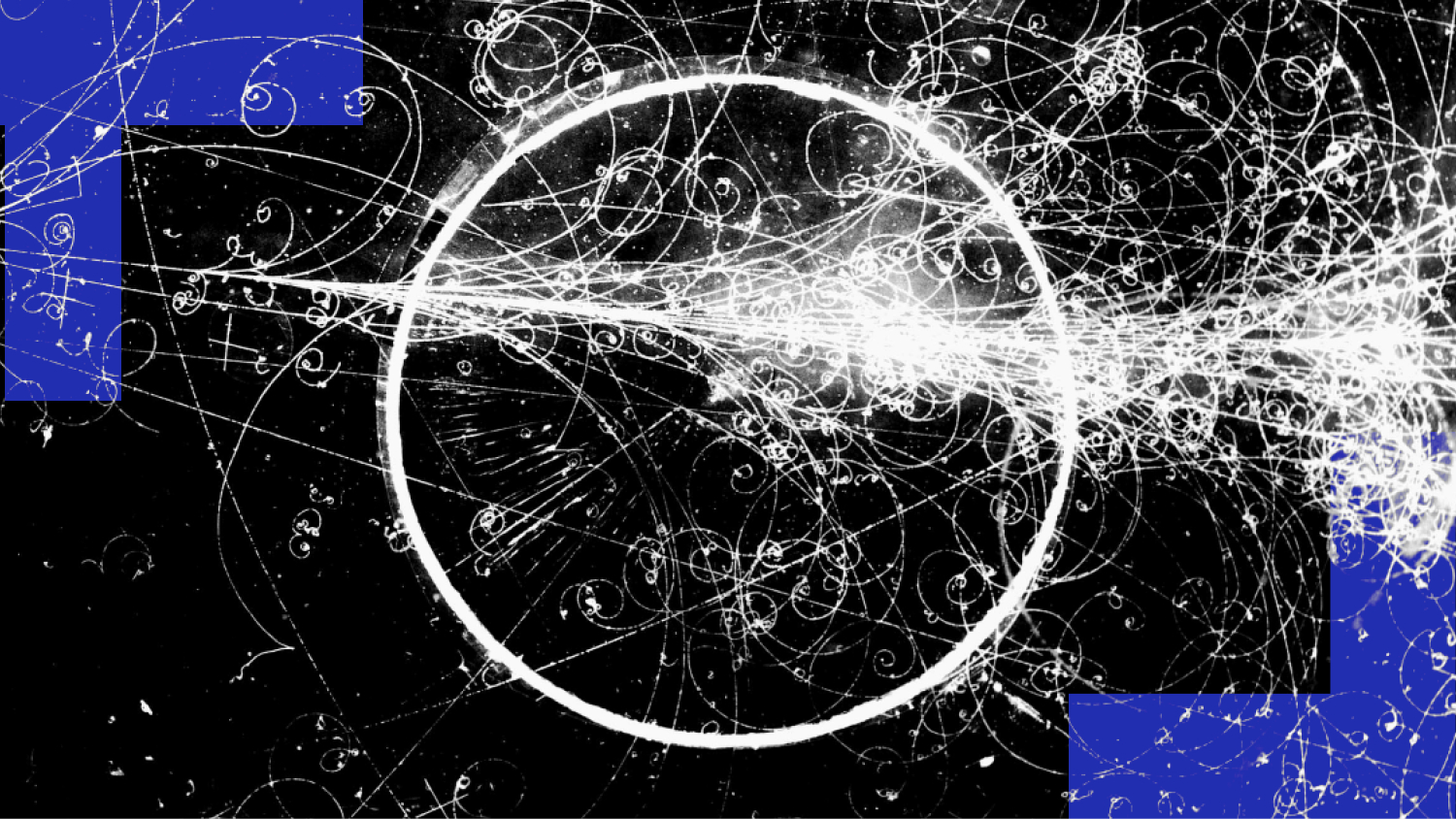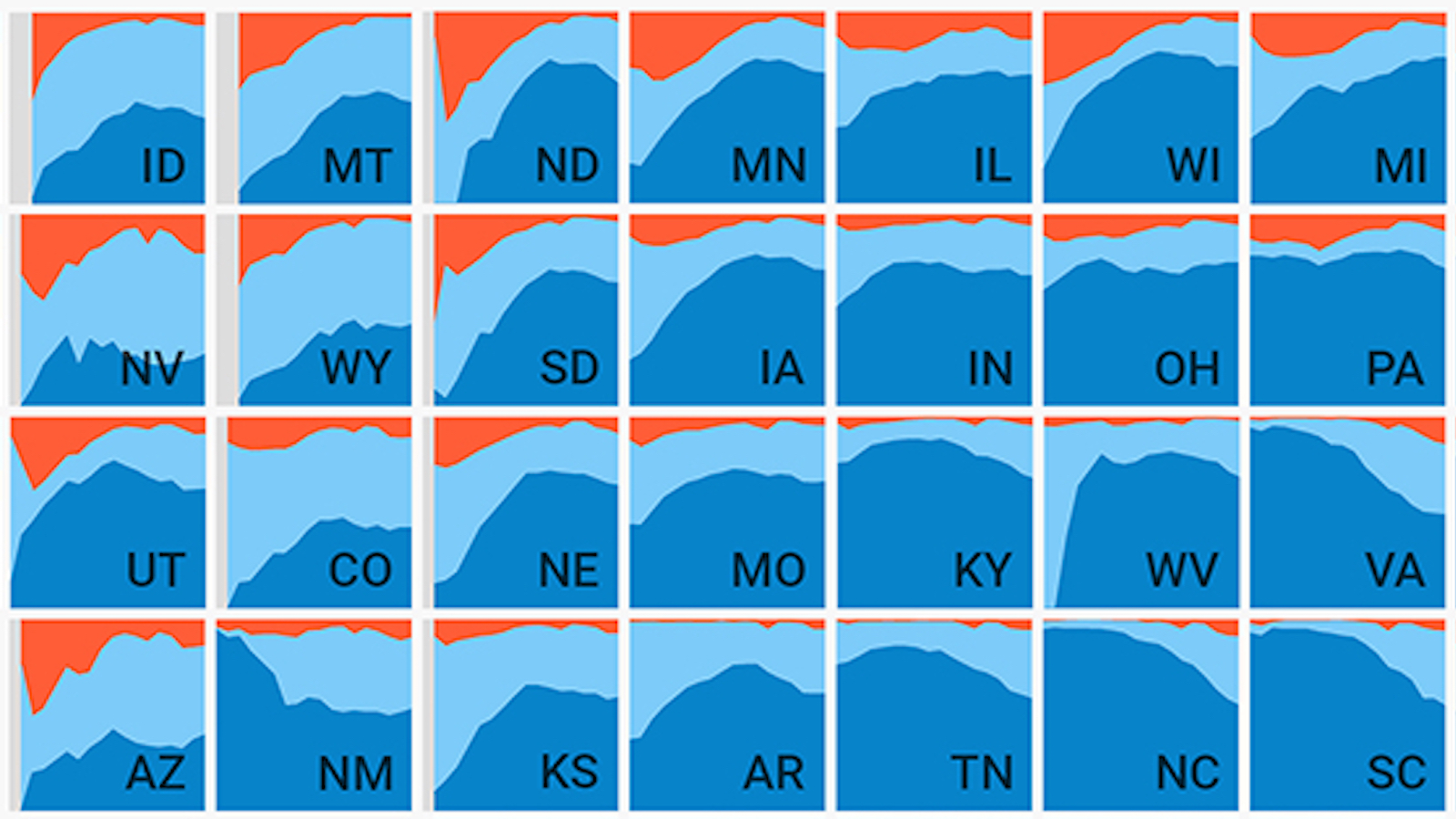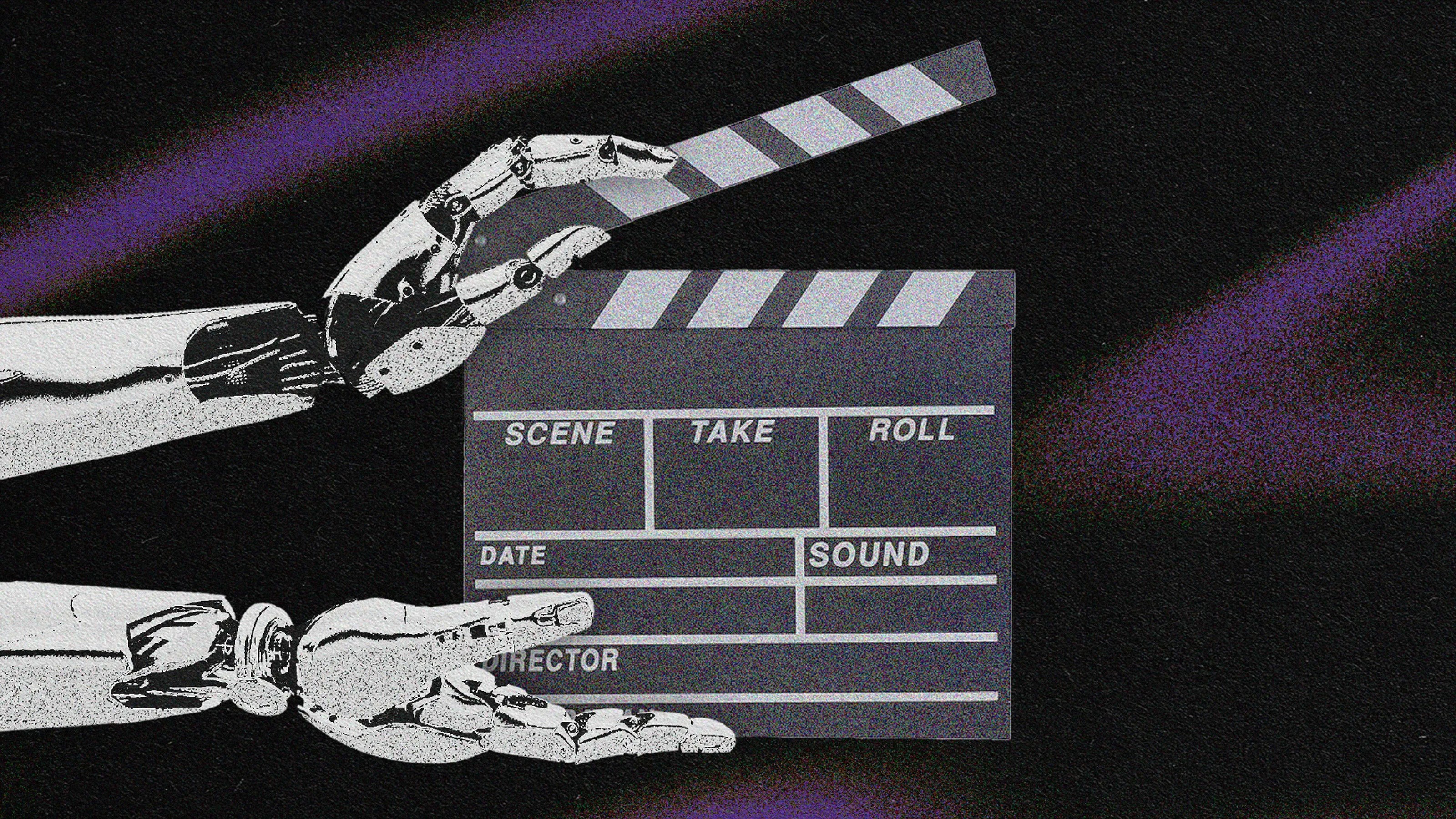Despite the wide diversity of spider species, most orb-weavers seem to follow the same playbook when building their webs.
Search Results
You searched for: Structure
Arendt thought 20th-century philosophy had become too passive and abstract. She called for “active thinking” that prepares us to live in the real world.
Some scientists see religion as a threat to the scientific method that should be resisted. But faith “is really asking a different set of questions,” says Collins.
▸
5 min
—
with
Although many dinosaurs never left the ground, they still possessed the basic structural framework for flight.
Being a good leader requires emotional capital, which is one reason why many bosses are so bad at it.
For centuries, even after we knew the Sun was a star like any other, we still didn’t know what it was made of. Cecilia Payne changed that.
De-extinction, if it is ever possible, will not be simple.
In the Saudi Arabian desert, the Al Naslaa rock formation looks completely unnatural. Its perfectly vertical split remains a mystery.
A disturbing interview given by a KGB defector in 1984 describes America of today and outlines four stages of mass brainwashing used by the KGB.
People naturally judge fact from fiction in offline social settings, so why is it so hard online?
There are at least 15 different types of solid water (ice). Now, scientists believe that there might be a second type of liquid water.
Our desire for recognition at work can lead to perilous ends.
A philosophy of birth can offset the prevailing narrative around extinction and mortality.
Research suggests you can influence your sense of time by changing the “embodiedness” of your daily habits.
Imagine going on a tour through the human circulatory system as a tiny cell. That is just one example of education in the metaverse.
Buddhism has rules for slaying your enemies. But the real surprise is finding out who your enemies actually are.
The road to “uncaged leadership” means reimagining your professional identity and value. Here’s how.
Only humans can voluntarily conjure new objects and events in our minds.
There are three kinds of memory that all work together to shape your reality. Neuroscientist André Fenton explains.
▸
6 min
—
with
In the early stages of the hot Big Bang, matter and antimatter were (almost) balanced. After a brief while, matter won out. Here’s how.
Democratic freedom, rapturous religion, and newspapers created a hotbed for social experimentation in 19th-century America.
Crystallization is an entirely random process, so scientists have developed clever ways to investigate it at a molecular level.
Nevada has the fewest number of native-born citizens.
Artificial general intelligence will not arise in systems that only passively receive data. They need to be able to act back on the world.
Denmark’s 10 Jante Laws are grim, and yet they bring so much happiness.
Some physicists are besot with the multiverse, but if we can’t detect these other universes, how seriously should we take them?
There are a wide variety of theoretical studies that call our Standard Model of cosmology into question. Here’s what they really mean.
In polarized times, our shared cellular origin can unite us in solidarity and awe — from the embryonic scale to the grandest cosmic perspective.
Because of dark energy, distant objects speed away from us faster and faster as time goes on. How long before every galaxy is out of reach?
Freethink asks three different kinds of experts to answer this question.



